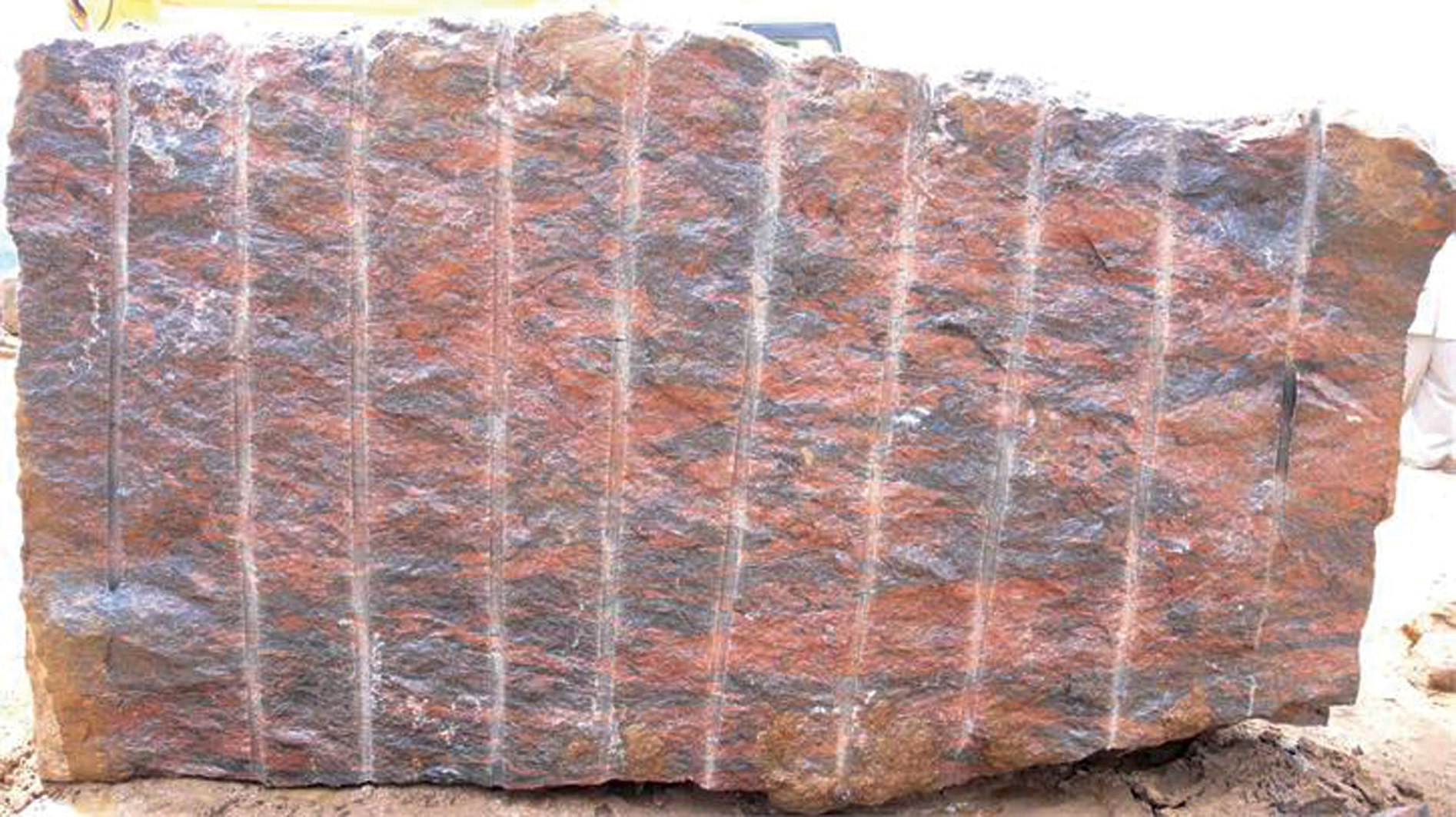Opening Natural Treasures: Granite Quarries in South Africa Unveiled
Opening Natural Treasures: Granite Quarries in South Africa Unveiled
Blog Article
Introducing the Mysteries of Granite Quarrying: Where Strength and Elegance Meet
The world of granite quarrying is a realm where the raw stamina of nature merges with human virtuosity to develop frameworks that stand the examination of time with an air of elegance. From the midsts of quarries to the meticulous polishing in workshops, the process of transforming granite into building wonders is an intricate dancing of custom and advancement. As we peer right into the depths of this ancient craft, we begin to uncover the covert complexities that shape the very essence of our constructed setting.
The Beginnings of Granite Quarrying
In the annals of architectural background, the origins of granite quarrying are shrouded in a tapestry of ancient craftsmanship and geological marvels. Dating back to ancient Egypt and Mesopotamia, the extraction of granite from quarries marked the beginning of a journey that would eventually lead to the creation of several of the globe's most famous structures.
Granite quarrying's roots can be mapped to the skilled craftsmens that identified the stone's sturdiness and visual charm. With a combination of primitive devices and sheer determination, these very early quarry workers unearthed granite blocks that would certainly end up being the foundation of people.
As worlds evolved, so did the strategies of quarrying granite. The Romans, renowned for their engineering expertise, developed sophisticated methods for drawing out granite to construct monoliths, temples, and roads that stood the examination of time.
The legacy of these ancient quarrying techniques continues to shape modern-day architecture, with granite staying an icon of strength and sophistication in construction jobs around the world. (granite quarries in south africa)
Devices of the Quarrying Trade
The advancement of granite quarrying techniques from ancient human beings to contemporary times highlights the important role played by the tools of the quarrying trade in shaping the sector's practices. In ancient times, quarrying tools were fundamental, often containing blades, hammers, and wedges made from products like bronze or iron. These tools needed considerable workforce and time to remove granite obstructs from quarries.

Furthermore, the intro of pneumatic tools and high-powered machinery see post has actually considerably lowered the physical labor required in quarrying operations, improving worker security and performance. As the quarrying sector remains to innovate, the tools of the profession remain at the forefront of driving development and forming the future of granite extraction.
Drawing Out Blocks of Granite
Making use of accuracy equipment and progressed strategies, the extraction of granite blocks from quarries has become a sophisticated procedure in the modern-day quarrying sector. The first action includes determining the place and size of the granite down payment to determine the most reliable removal technique. Once an appropriate website is picked, the extraction process begins with the drilling of openings for the placement of explosives. click for more info Regulated blowing up techniques are after that utilized to disintegrate the granite right into workable areas.

Polishing and Ending Up Strategies
To achieve a perfect surface area on granite blocks, skilled artisans utilize a series of careful sprucing up and ending up strategies. After the initial extraction and shaping processes, the granite blocks undergo a complete sprucing up stage to boost their all-natural elegance and durability. One common technique utilized in polishing granite is diamond abrasion, where industrial rubies are made use of to grind and brighten the stone to a smooth finish. This procedure not just develops a shiny surface but also ensures harmony in color and structure across the granite block.
In enhancement to polishing, completing techniques are put on further fine-tune the granite's look. These methods might include flaming, refining, or cleaning, each offering distinct appearances and surfaces to match various aesthetic preferences. Flaming, for instance, involves subjecting the granite surface area to heats to produce a harsh, distinctive finish, suitable for outside applications where slip-resistance is essential. Refining, on the various other hand, supplies a matte finish that is smooth to the touch, ideal for indoor kitchen counters and floor covering. By very carefully selecting and using these polishing and completing methods, craftsmens can change raw granite blocks into splendid pieces that showcase both strength and beauty.

Environmental Influence and Sustainability
With the growing emphasis on environmental consciousness in the industry, granite quarrying methods are progressively inspected for their effect on natural resources and long-term sustainability. Additionally, the transport of granite click this from quarries to refining centers produces carbon discharges, additionally contributing to ecological destruction.
To minimize these effects and make sure sustainability in granite quarrying, market stakeholders are adopting various actions. Executing advanced technologies to lower energy consumption and water use, recovering quarried land for ecological restoration, and advertising responsible sourcing practices are some methods being employed. Certifications such as the Forest Stewardship Council (FSC) and the Management in Energy and Environmental Style (LEED) aid consumers determine eco friendly granite products.
Conclusion
To conclude, granite quarrying is a process that requires specialized devices and strategies to remove blocks of granite and brighten them to a high degree of surface. While the environmental impact of quarrying can be considerable, efforts are being made to enhance sustainability practices in the industry. Overall, granite quarrying is a fragile equilibrium between utilizing the strength and style of this all-natural stone while reducing its influence on the setting.
Report this page